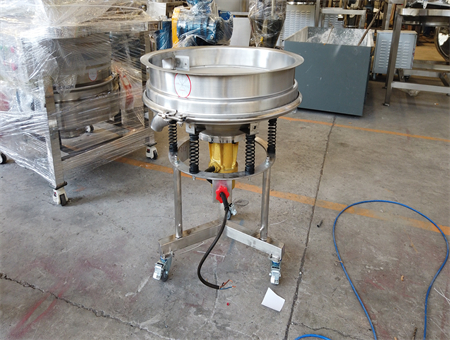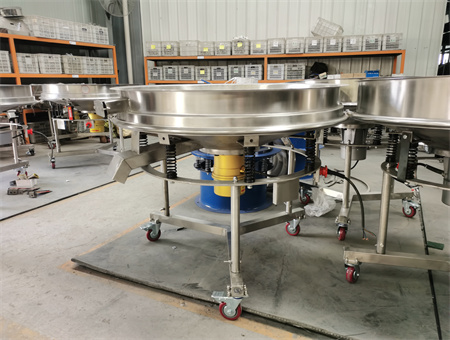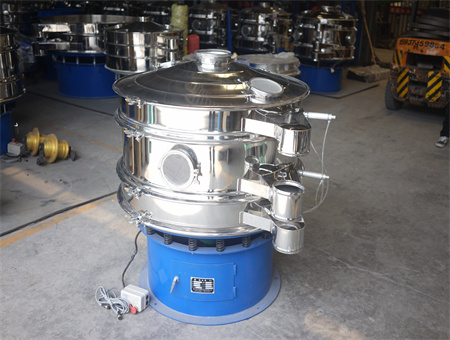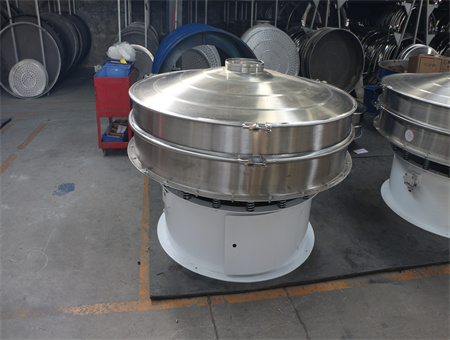The
high-frequency sieve has high efficiency, small amplitude and high screening frequency. It is an effective equipment for sieving and classifying fine-grained materials, and is widely used in sieving or grading operations of iron ore, tin, tungsten, tantalum, niobium sand and other concentrators. For the high-frequency sieve, it is wet sieving for the purpose of dehydration alone. It is hoped that a material layer with a filtering effect will be formed on the sieve surface as soon as possible to block the passage of fine coal, thereby reducing the loss of solid materials in water and improving Recovery rate of solids. If the amplitude of the screen surface is too large, the filter layer will be destroyed instead. Therefore, wet screening does not require large amplitudes. In the case of the vibration intensity that can be achieved, in order to increase the number of times that the slurry on the screen surface acts on the screen surface and improve the transport capacity of the screen surface, a higher vibration frequency should be used, that is, the favorable motion characteristics of the wet screening machine should be High frequency, low amplitude. The high-frequency sieve is a wet screening machine based on such a theoretical basis. Its vibration frequency can reach more than 24 Hz and the amplitude is 1.0 to 2.5 mm.

The
vibrating screen adopts high frequency to destroy the tension of the pulp surface and the high-speed oscillation of fine-grained materials on the sieve surface, which accelerates the useful minerals and segregation with relatively high density, and increases the probability of contacting the sieve pores with materials with smaller particle sizes, resulting in It has better separation conditions, so that the materials smaller than the separation particle size, especially the high-density materials and the pulp are screened out through the sieve.

High frequency sieve is widely used in dry, wet screening, classification and dehydration of various materials in industries such as ore dressing, coal preparation, chemical industry, brick making, food, pharmaceutical, alkali making, fertilizer, paper making and other industries. It is used for fine-grain grading operations in the grinding and grading process of concentrators. The difference between the appropriate feed concentration, feed particle size (-200 mesh particle content), and the difference between the required particle size and the feed particle size is less than 30 percentage points Under the conditions, the screening efficiency is as high as 70%. Due to the high screening efficiency, it can greatly reduce the circulation load and the content of qualified particles in the screen, thereby improving the processing capacity of the mill (generally it can be increased by 5 to 10 percentage points). The sieving process strictly controls the particle size of the material under the sieve, eliminating the adverse effect of excessive coarse particles on the grade of concentrate; in addition, the slurry has the effect of stratification according to density under the action of high-frequency small-amplitude oscillation on the screen surface, and high-density small particles are easy Settling to the sieve surface and through the sieve, so it can significantly improve the taste of the sieve




